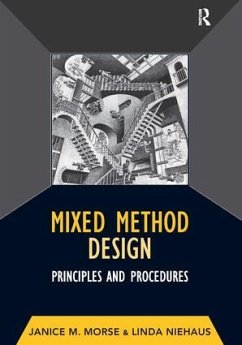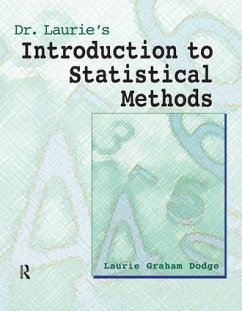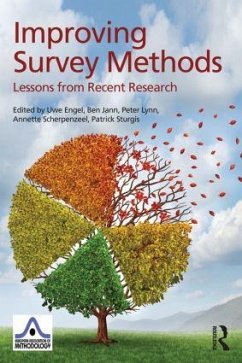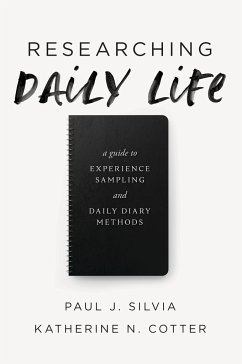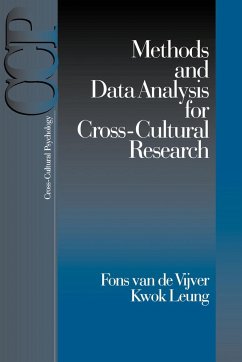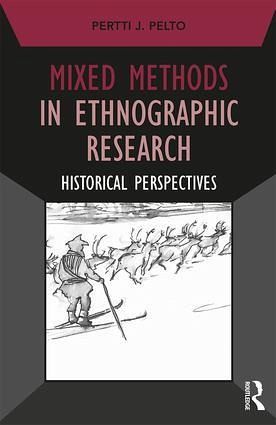
Mixed Methods in Ethnographic Research
Historical Perspectives
Versandkostenfrei!
Versandfertig in 1-2 Wochen
61,99 €
inkl. MwSt.
Weitere Ausgaben:

PAYBACK Punkte
31 °P sammeln!
Mixed Methods in Ethnographic Research: Historical Perspectives captures the dynamic history and development of mixed methods research in a narrative of personal discovery, growth, and experience. Distinguished ethnographer and methodologist Pertti Pelto, who first called for the integration of qualitative and quantitative research methods nearly half a century ago, establishes a direct line between the earliest examples of ethnographic research and the ongoing mixed method discussions in academic institutions throughout the world. By bringing together such distinct historical perspectives wit...
Mixed Methods in Ethnographic Research: Historical Perspectives captures the dynamic history and development of mixed methods research in a narrative of personal discovery, growth, and experience. Distinguished ethnographer and methodologist Pertti Pelto, who first called for the integration of qualitative and quantitative research methods nearly half a century ago, establishes a direct line between the earliest examples of ethnographic research and the ongoing mixed method discussions in academic institutions throughout the world. By bringing together such distinct historical perspectives with his own reflections on mixed methods research, Pelto offers a rare and endlessly enriching account that will satisfy the ever-growing need for a better quality of practical data gathering and give researchers a foundation for promoting mixed methods in the future.






